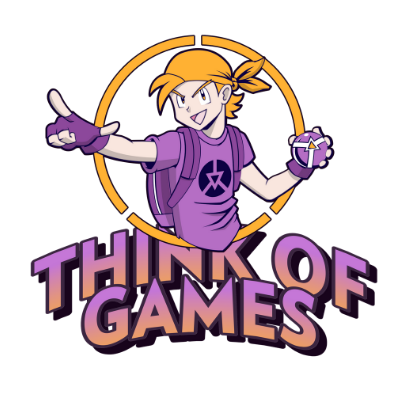For many years, Counter-Strike has been more than just a shooter game; it has evolved into a vibrant culture with millions of fans. Skins — digital items that have turned into a separate market with huge turnover — occupy a special place here. Players compete not only on maps but also in collecting rare weapon models, exchanging them, and building their own trading strategies.
Man, going into skins without checking wikis is like rushing B with no plan. They show you everything — when a skin dropped, how rare it is, and why it suddenly blew up in price. Wikis are basically your strat book for trading. For the CS skins economy, wikis have become the playbook that help players navigate all the details. And platforms like DMarket push it one step further — turning raw data into real trades and profitable flips.
Why Traders and Collectors Need Wikis
The CS skin market is constantly changing. The price of some items increases due to their rarity, while the price of others decreases after updates. Those who wish to invest wisely or build a collection must constantly monitor information. Wikis allow you to quickly check an item’s history, its unique features, date of appearance, and rarity.
Wikis have many advantages, one of which is objectivity. Forums and chats often mix facts. Wikis offer honest and verified information. For a lot of people, that’s the main reason they stick to them.
Convenience and Structured Information
One of the main advantages of wikis is their openness and convenient format. Thanks to their structure, players can find the information they need in just a matter of minutes. This typically includes information on changes, color options, drop conditions, and market statistics.
This format is beneficial for beginners who are just starting to explore the world of skins. However, even experienced traders regularly return to the wiki. They go there to verify data or find new insights.
Main Reasons for Popularity
There are several factors that contribute to the popularity of Counter-Strike wikis. Every single one helps build trust and keeps things smooth — both are key if you want your trades to go right. Here’s what you want:
- detailed item descriptions;
- update and drop history;
- indication of rarity and value;
- screenshots and visual comparisons;
- transparency and reliability of data;
- a community that updates articles.
It is essential for players not only to see the market price but also to understand the context in which the item appeared. And then, to use that knowledge for trading or collecting. That is why the advantages of the wiki are directly related to the community’s real needs.
Impact on the Skins Market
Wikis have become a bridge between enthusiasts and trading platforms. Players use them as a reliable source of data to make more informed decisions. This applies not only to large traders but also to ordinary users who want to sell or exchange an item profitably.
Thanks to wikis, demand builds faster for rare items, and transactions become more transparent. They help new players catch up with the vets, so the market’s not intimidating. The DMarket wiki creates an ecosystem where everyone benefits.
Conclusion
Counter-Strike wikis aren’t just fan pages anymore. These days, they act like a map through the crazy world of skins, helping players not only learn the backstory of items but also make smart calls. For collectors, it’s a way to really understand what makes each skin valuable. For traders, it’s all about sizing up risk and reward before making a move.
For those genuinely interested in Counter-Strike items, wikis remain an essential tool. And although each player has their own way of interacting with the market, access to structured data unites the community around a standard value — virtual items that have become an integral part of gaming culture.





















